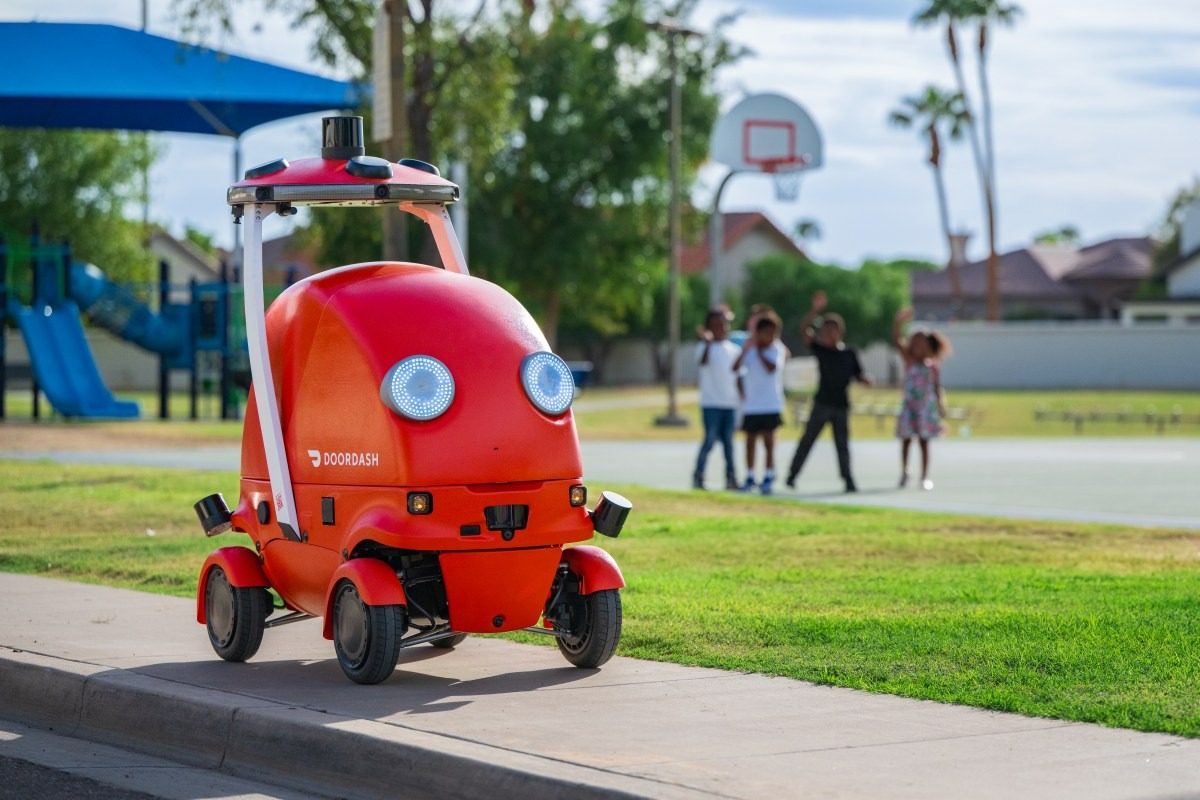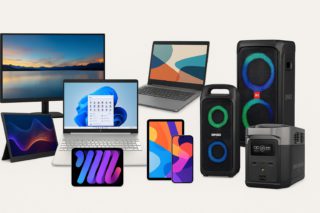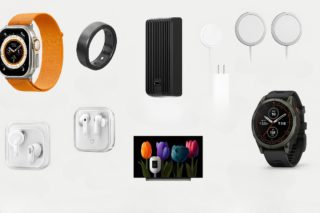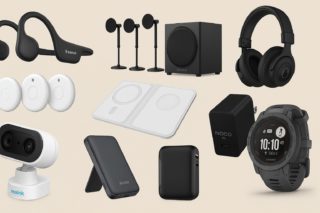Your DoorDash order sits in restaurant purgatory while your driver circles the block looking for parking. Soon, that frustration might disappear entirely—replaced by a 4.5-foot red robot rolling up your driveway at 20 mph. DoorDash’s new autonomous delivery bot, Dot, promises something competitors haven’t delivered: seamless navigation across roads, bike lanes, and sidewalks without getting stuck on curbs like a confused Roomba.
Speed Demons on Wheels
Unlike the sluggish sidewalk crawlers from Starship Technologies or Serve Robotics, Dot actually moves at bicycle speeds. The 350-pound robot transitions between roads and sidewalks autonomously, carrying up to six pizza boxes or 30 pounds of cargo.
Eight cameras, four radar units, and three lidar sensors create a comprehensive navigation system. The modular cargo bay accepts cupholders for your bubble tea runs or coolers for ice cream that won’t arrive melted.
Phoenix Rising
Phoenix metro residents are testing this automation experiment, with DoorDash targeting 1.6 million potential customers by 2025’s end. The company built dedicated warehouses, charging stations, and hired field operators—because when Dot inevitably gets confused or tipped over (it happens), there’s no remote control option.
This isn’t some Silicon Valley demo; it’s a full operational commitment that signals DoorDash believes robots can supplement their gig workforce.
The Cute Factor
Dot’s designers clearly studied the uncanny valley problem that plagues delivery robots. Big LED eyes, a “mouth” that opens to reveal your order, and rounded edges scream “I’m helpful, not creepy.” The audio speaker delivers robotic pleasantries while you retrieve your food, creating an interaction that feels more Wall-E than Terminator.
Whether suburbanites embrace their new robot neighbors or treat them like high-tech punching bags remains the billion-dollar question.
Gig Economy Reality Check
DoorDash positions Dot as complementary to human Dashers, handling simple local runs while drivers tackle complex orders. That corporate speak translates to: robots get the easy money while humans handle apartment mazes and third-floor walkups.
The broader implications for gig work can’t be dismissed with sunny rhetoric about “optimization.”
The delivery landscape is shifting faster than your driver’s ETA updates. Phoenix residents will soon discover whether robotic efficiency beats human adaptability—and whether their neighbors can resist the urge to mess with the cute red robot carrying their dinner.





























